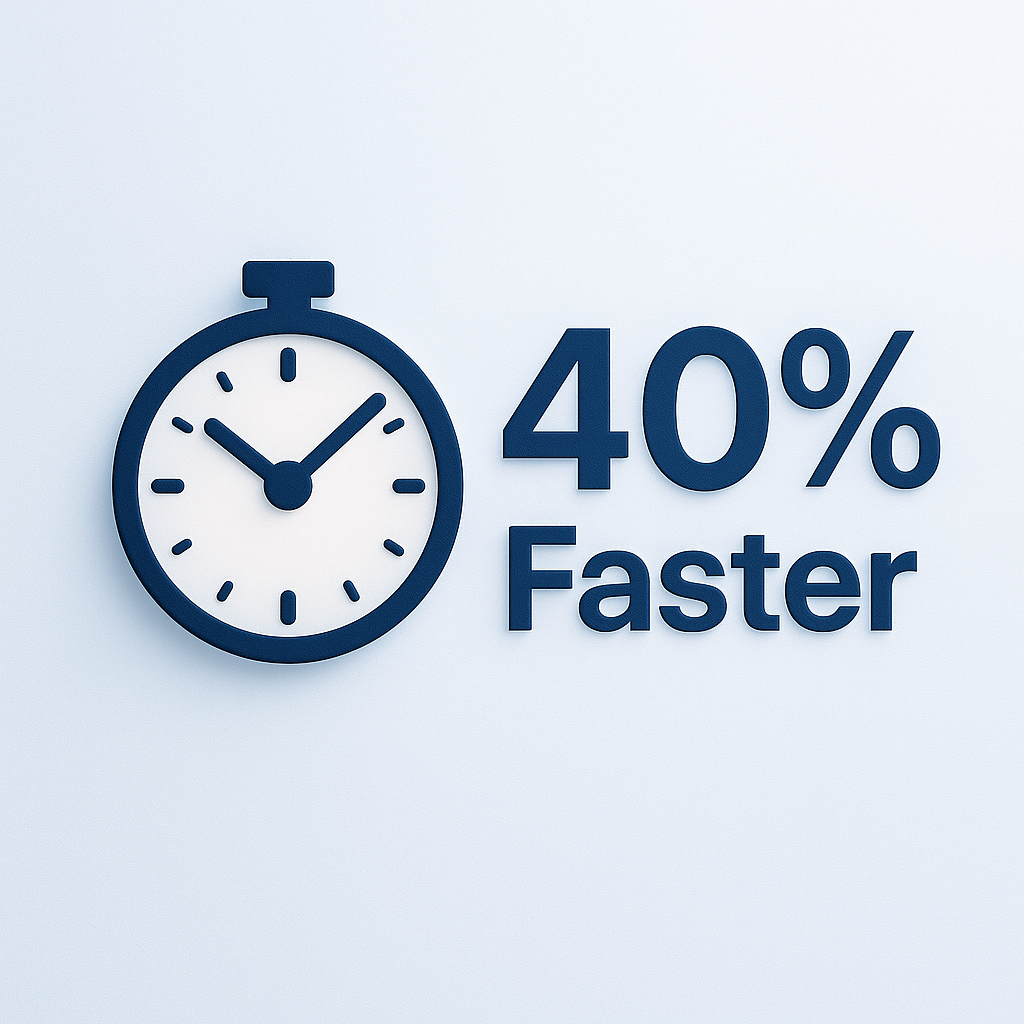Cut Time-to-Market by 40% With Zero Disruption to Legacy Platform
How a U.S. product company extended their software without compromising quality or continuity.
The Challenge

Legacy architecture that couldn’t be rebuilt
Limited engineering bandwidth
Strict compliance needs
High U.S.-based cost structure
Our Approach
Discovery Phase
• Understand client goals and challenges
• Define features and technical needs
• Plan solution with designs and estimates
• Finalize scope, milestones, and communication
Development Phase
• Build the software according to agreed requirements
• Implement and integrate features
• Conduct ongoing testing and quality checks
• Track progress and adjust as needed
Stakeholder workshops
Architecture
Sprints
High user satisfaction
The Impact
40% faster assessment creation
30–40% cost savings
Zero downtime
High user satisfaction
